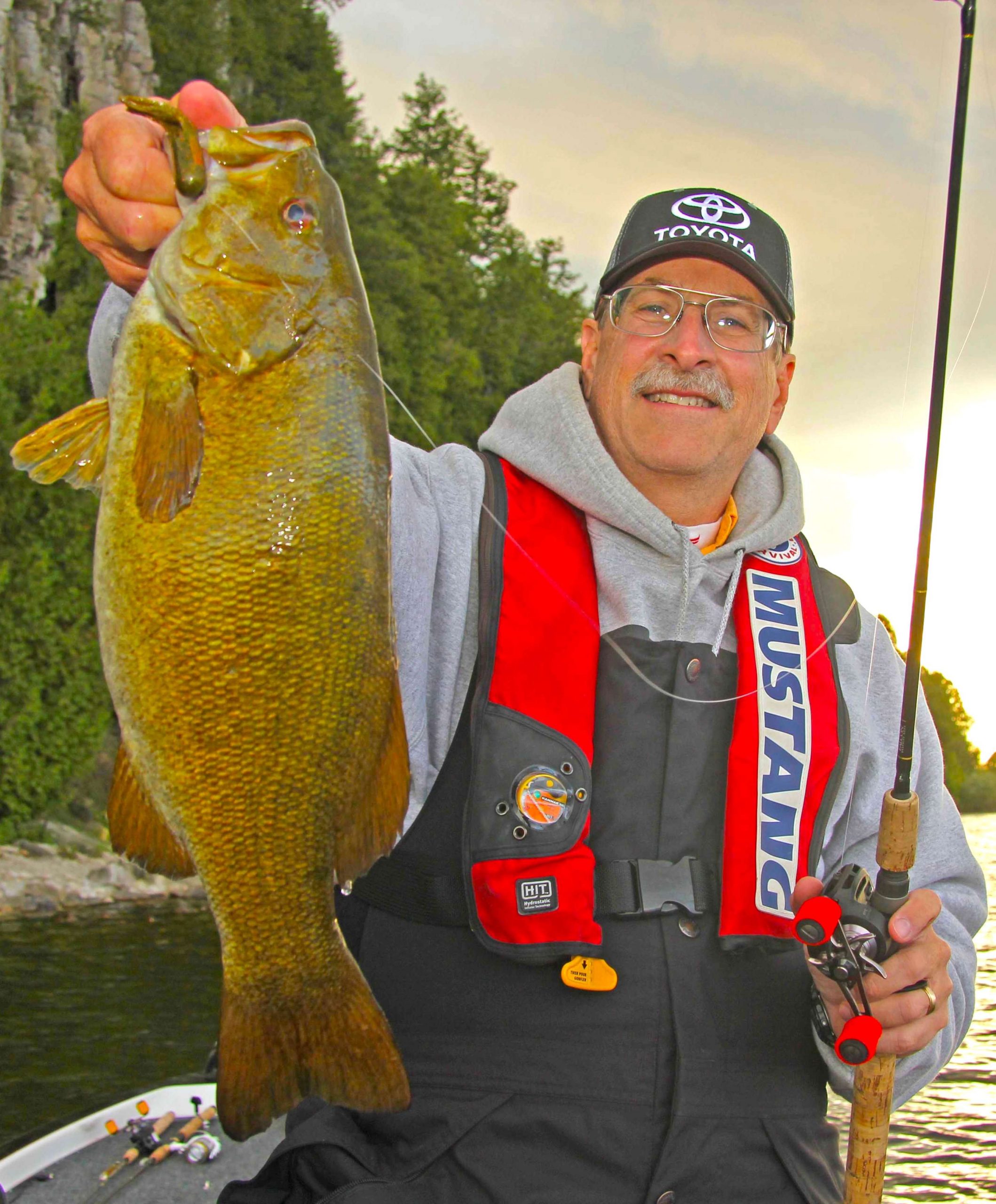
Fall is upon us. With longer nights and cold fronts, the leaves begin to turn, the waters cool and the fish move shallow. One predictable pattern this time of year is the migration of shad into the creeks … and the resulting bass feeding frenzy!
Anglers can take advantage of this pattern to locate actively feeding bass and quickly fill a limit. Schools of bass are often easily found, and lipless crankbaits, soft plastic jerkbaits, spinnerbaits and topwaters will all catch them now.
But what is really going on with these shad? Why do they move into the creeks? What anglers observe is only part of the food chain dynamic. To understand it you have to closer look — or in this case smaller — to see what is driving the migration.
Shad are mostly filter feeders that eat primarily phytoplankton and zooplankton and cruise in huge schools, often traveling many miles in search of plankton-rich water. They roam the vast open areas looking for food. Early in the year, as rains and runoff bring nutrients into the lake, sunlight and warming water temperatures cause plankton blooms in the lake’s open waters.
As summer gives way to fall, nutrients in the main lake are depleted and temperatures decline, putting a damper on plankton growth. In the shallow coves and creeks however, the last warm, sunny days can cause quick warm-ups, and the plankton can continue to bloom. Shad schools, which may include larger older fish from previous years and small juvenile shad that were spawned in late summer, migrate into the creeks in search of food.
This sudden influx of prey appeals to opportunistic bass. While they will usually not travel miles and miles following a school of shad, those that are resident in an area will certainly take advantage of the prey that swims into their home territory.
You can find bass in predictable locations in the fall. These are ambush points where the resident bass regularly feed. But now, with the increased number of shad schools roaming their creek or cove, opportunities for bass to utilize these prime feeding locations go up.
Keep in mind, however, that the old adage of “find the shad and you will find the bass” does not always hold true. There are millions of shad, far more than there are bass. Schools of baitfish do not guarantee bass will be present. There is very little that is truly random about bass feeding patterns. Bass have a home range and will seldom travel far to find food, especially if the food is coming to them. The challenge is to locate the spots that give predators a feeding advantage as the schools of shad cruise through the area.
There is a flip side to this fall migration pattern that you should not ignore. Gizzard shad, especially larger ones that trophy bass like to eat, are often benthic feeders. That is, they graze on the organic goop that coats the lake bottom or timber, rock or riprap. They don’t need to migrate in the fall to follow plankton. Schools of gizzard shad can stay offshore, in deep water virtually all year. Resident bass don’t need to move when the buffet is right there in their living room.
So, in general, fall shad movements are fairly predictable and do offer an opportunity to find actively feeding bass more easily since they are concentrated in smaller areas in creeks and coves. Find the ambush points and, as schools of shad move through, the bass will light them up.
But remember that some portion of the bass population may have everything they need in offshore hangouts. Good oxygen, comfortable temperature and plenty of food means there’s no need to migrate. So don’t automatically abandon the areas where you were catching fish in the summer just because the leaves are turning colors. You have more options now than almost any other time of the year. Enjoy!
Originally published October 2011.





